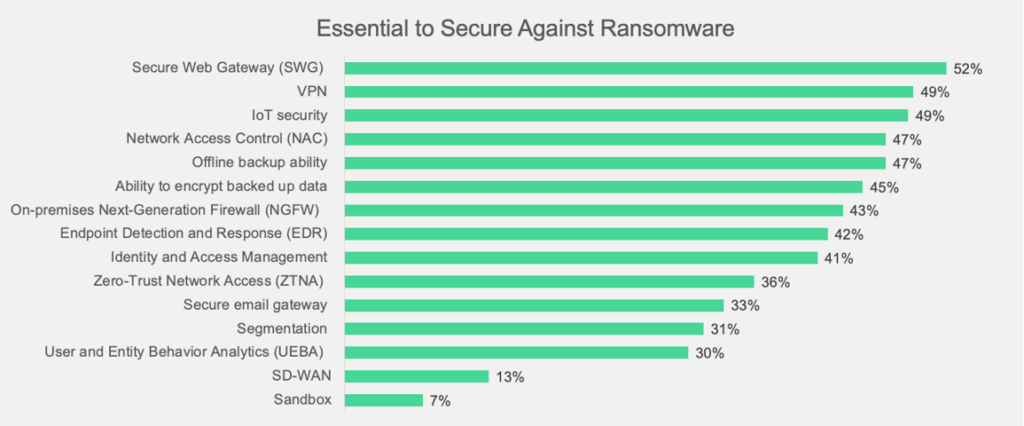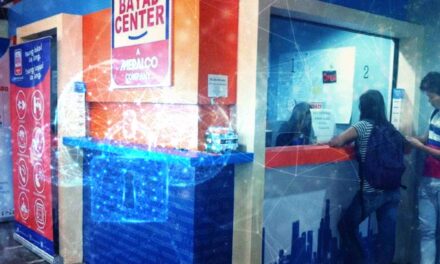Is it UEBA or NGFW or ZTNA? According to one survey, the answer may surprise you …
In an Aug 2021 global survey of 455 business leaders from private and public organizations of all sizes including IT and security leaders from 24 different countries, and represent nearly all industries, most respondents were more concerned about ransomware than other cyber threats.
The majority of organizations (96%) surveyed indicated they were at least “moderately prepared” for a ransomware attack, via employee cyber training, risk assessment plans, and cybersecurity insurance. However, there was a clear gap in what many respondents viewed as essential technology solutions for protection versus the technology that can best guard against the most commonly reported methods to gain entry to their networks.

Other findings of the Fortinet survey on the global state of ransomware include:
- Based on the technologies viewed as essential, responding organizations were most concerned about remote-workers and devices, with Secure Web Gateway (SWG), VPN and Network Access Control among the top choices.
- 31% of respondents practiced network segmentation.
- 33% of respondents used secure email gateways.
- User Entity and Behavioral Analytics (UEBA) and sandboxing were the least used among respondents.
- The top concern of organizations regarding a ransomware attack was the risk of losing data, with the loss of productivity and the interruption of operations following closely behind.
- 84% of respondents reported having an incident response plan, and cybersecurity insurance was a part of 57% of those plans.
- 49% accepted paying the ransom outright, while another 25% indicated that it depended on how expensive the ransom was. Of the one-quarter who paid ransoms, most but not all got their data back.
- Respondents in EMEA (95%), Latin America (98%), and APJ (Asia-Pacific/Japan) (98%) were only slightly more concerned about ransomware attacks than their peers in North America (92%).
- All regions perceived the loss of data as the top risk associated with a ransomware attack, along with the worry that they will be unable to keep up with an increasingly sophisticated threat landscape.
- APJ respondents listed the lack of user awareness and training as their top concern.
- Respondents in APJ and Latin America were more likely to have been victims of a ransomware attack in the past (78%) compared to 59% in North America and 58% in EMEA.
- Phishing lures were a common attack vector everywhere, while remote desktop protocol (RDP) exploits and open vulnerable ports were top attack vectors in APJ and LatAm.
- Almost all respondents viewed actionable threat intelligence with integrated security solutions or a platform as critical to preventing ransomware attacks and see value in AI-driven behavioral detection capabilities.
- Almost all of the respondents felt they were moderately prepared, and planned to invest in employee cyber-awareness training, advanced email security, segmentation, and sandboxing, in addition to the mainstays of next-generation firewalls, secure web gateways, endpoint detection and response (EDR) enhanced with AI and machine learning technology.
Said John Maddison, EVP (Products) and CMO, Fortinet: “There is a huge opportunity for the adoption of technology solutions like segmentation, SD-WAN, ZTNA, SWG and EDR, to help protect against the threat of ransomware and the methods of access most commonly reported by respondents. The good news is that organizations are recognizing the value of a platform approach to ransomware defense.”





















